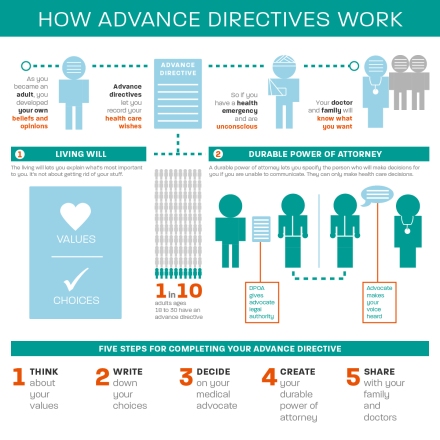Do You Have a Plan For the Future?
Have you given any thought to your wishes regarding….
- What health care services you would choose to receive if you became incapacitated?
- What life-support means to you?
- What kind of medical treatment you would want if you were close to death?
- What kind of medical treatment you would want if you were in a coma and not expected to wake up?
- What kind of medical treatment you would want if you sustained permanent, severe brain damage and were not expected to recovery?
- Who would make these decisions for you in the event that you could not?
If you were close to death:
- How comfortable do you want to be?
- How do you want people to treat you?
- What do you want your loved ones to know?
If not, know you are not alone. A 2014 study by the American Journal of Preventive Medicine found that nearly 2/3rd of Americans did not any form of advanced directive. In other words, only 26% of Americans did have advanced directives in place. In addition, it is important to note that at the time of death, only half of us are able to make our own decisions.
An advanced directive is a legal document that states your medical wishes in the event you are unable to express them and includes a living will and power of attorney for healthcare. An alternative advanced directive is the “Five Wishes” document which is legal in a majority of states and can be found at this link: https://www.agingwithdignity.org/five-wishes.

Completing and advanced directive is only the first step in getting your affairs in order. Please do take the time to visit this link: https://www.nia.nih.gov/health/getting-your-affairs-order. It does an excellent job of helping you “Plan for the Future”.
Truly there is no greater gift a family can receive than that of having your life and death wishes clearly outlined and your personal affairs in order.
This is not about dying, but living the life you wish to live.
Julie



